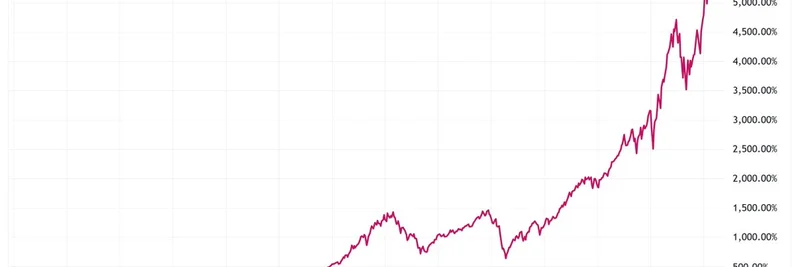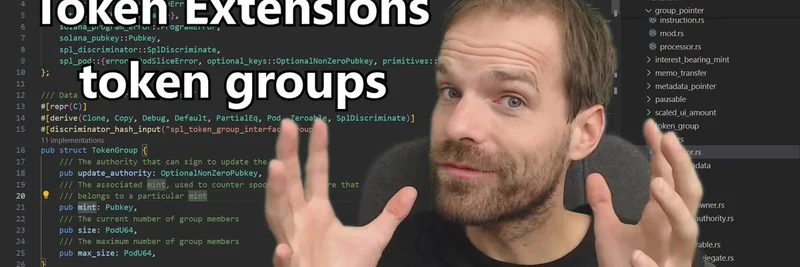In the ever-evolving world of cryptocurrency, few voices cut through the noise like Erik Voorhees, the founder of ShapeShift. Recently, he took to X (formerly Twitter) to share a profound insight that's shaking up how we think about money, stocks, and wealth. Quoting a chart from macro analyst Luke Gromen, Voorhees exposes what he calls "arguably the greatest illusion in modern society." Let's dive into this tweet and unpack why it matters for anyone interested in crypto, memes, or just sound money.
The chart in question compares the S&P 500 (SPX) priced in gold (the blue line) versus priced in U.S. dollars (the red line) since August 1971, when President Nixon closed the gold window. This event effectively ended the gold standard, allowing governments to print money without backing it by physical gold. What the chart reveals is startling: over the past half-century, stocks haven't actually risen when measured in "real money" like gold. Instead, their apparent growth in USD terms is largely due to the dollar's ongoing debasement – basically, inflation eroding the currency's value.
Voorhees puts it bluntly: "Stocks appear to be rising—society appears to be getting wealthier—because the denominator in which their prices are measured (fiat USD) is continually debased." Fiat currency, for those new to the term, is government-issued money not backed by a commodity like gold; its value relies on trust and policy. When central banks print more of it, each unit buys less – that's debasement in action. Prices go up not because things are worth more, but because the money is worth less.
This illusion isn't just academic; it's a major driver of wealth disparity. The wealthy, who own assets like stocks and real estate, benefit as their holdings inflate in nominal value. Meanwhile, the poor and middle class, reliant on wages and savings in cash, see their purchasing power erode. They stay neutral or even lose ground as inflation acts like a hidden tax.
Enter Bitcoin. Voorhees sees it as more than just digital gold – it's a potential healer for the broken institution of money. With a fixed supply of 21 million coins, Bitcoin can't be debased at will. No central authority can print more to bail out banks or fund wars. Its "great and noble ambition," as Voorhees describes, is to restore sound money to civilization, where value is preserved over time.
This message resonates deeply in the crypto community, especially among those tracking meme tokens. While memes like Dogecoin or Shiba Inu often poke fun at traditional finance, they thrive in the same volatile ecosystem shaped by fiat flaws. Understanding debasement helps explain why Bitcoin and even some memes pump during inflationary times – they're hedges against a dying dollar.
Replies to Voorhees' tweet highlight the debate. One user points out the chart doesn't include dividends, but Voorhees counters that it wouldn't change the core dynamic. Others echo the sentiment, calling stocks "not real" or praising Bitcoin as a superior store of value. It's a reminder that in crypto, education is key to navigating the hype.
If you're building in blockchain or just stacking sats, this tweet is a wake-up call. Check out the original post here and join the conversation. In a world of illusions, Bitcoin offers a path to real wealth preservation. What's your take – is BTC the fix we've been waiting for?


